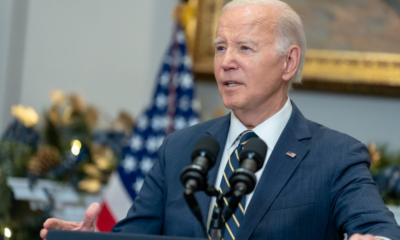NEWS
DEA Hosts National Family Summit on Fentanyl
Published
8 months agoon
By
Matthew Hall
More From Politically+
-


Banner Saying YOU LOST AGAIN DONALD! DESANTIS 2O24… Seen on…
-


Rally/Vigil Outside of Tops Supermarket in Buffalo, Site of the…
-


Unionized nursing home workers strike on Labor Day with show…
-


Pro-Palestine Protesters Stage Sit-In At Denver’s Colorado Convention Center Ahead…
-


Zelensky Accuses Russia of ‘Genocide’ At UN, Decries Forcible Deportation…
-


Georgia Senate Runoff Early Voting Line, It was a privilege…
-


White House Celebrates Signing Marriage Equality Act
-


NYC Mayor Adams Bar Mitzvah Speech Politics/Bill Mention from 12/27/23…
-


Early Ballots Being Printed In Maricopa County, AZ
-


“@AOC has just been escorted by police away from the…
-


1.56 million voters cast ballots in Maricopa County, AZ, exceeding…
-


Biden Issues Broad Pardons For Certain Marijuana Offenses, And Commutes…
